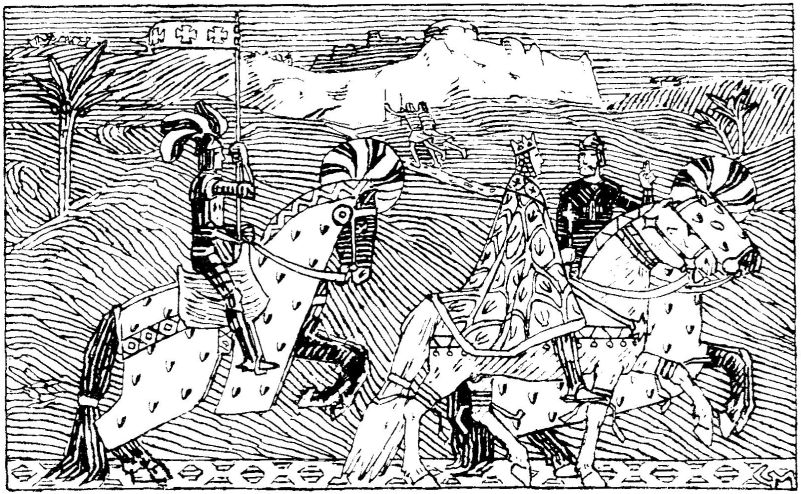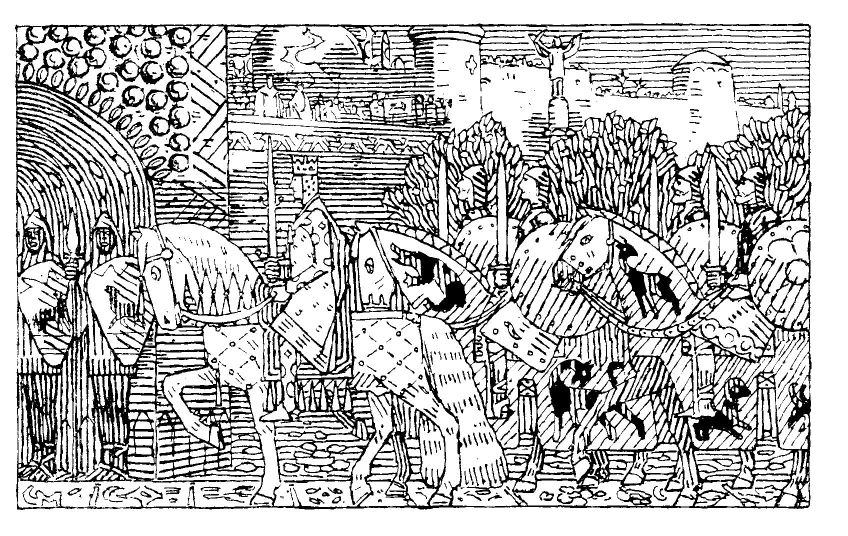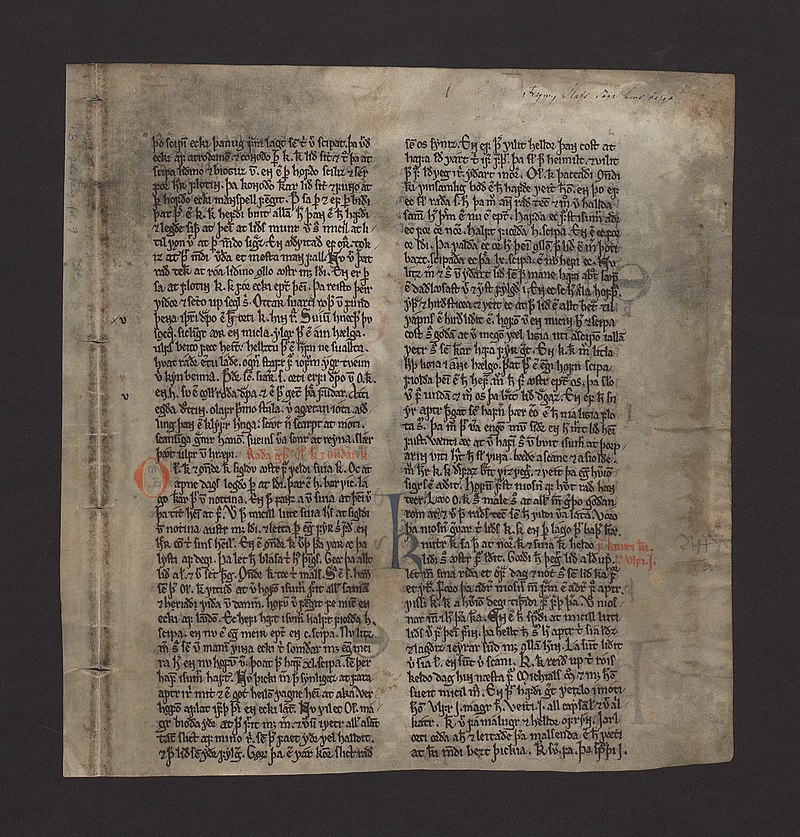
There were numerous Christian crusades to the Holy Land but one of the more fabled was the Norwegian Crusade. Led by King Sigurd I Magnussen (Sigurd the Crusader) in 1107, the three-year crusade was the first led personally by a European king. Legend has it King Sigurd launched sixty ships carrying five thousand men in support of the Kingdom of Jerusalem – a Levantine state established in 1099 after the successful First Crusade (1096-1099). Sigurd was not new to long voyages. While growing up his father Magnus III (Magnus the Barefoot) of the powerful Hardrada Dynasty took him on numerous campaigns around the North Sea including the Orkney Islands, Scotland, and Ireland. Magnus conquered many places, including Dublin, and was the last Norwegian Viking king to die overseas in battle.[1] The large flotilla to Palestine, however, was an unprecedented endeavor.

Kingdom of Jerusalem
After Sigurd and his army outwore their winter welcome in Spain’s Santiago De Compostela (Jakobsland) in Galicia they raided Saracen-friendly Lisbon before stopping to rest in Norman Sicily. In the summer of 1110, the Norwegians landed at the port of Acre and headed to Jerusalem to meet King Baldwin I. Joseph–François Michaud, one of the earliest modern historians of the crusades, described the scene in romantic tones characteristic of the nineteenth century:
Baldwin went to meet the prince of Norway, and conjured him to join with him in fighting for the safety and aggrandizement of the kingdom of Jesus Christ. […] When they had both taken an oath to fulfil the conditions of the treaty, Sigurd, accompanied by his warriors, entered Jerusalem in triumph. The inhabitants of Jerusalem beheld with surprise, mingled with their joy, the enormous battle-axes, the light hair, and lofty stature of the pilgrims from Norway; the presence of these redoubtable warriors was the sure presage of victory.

After ceremonial introductions we held, Sigurd, Baldwin, and the Count of Tripoli decided to seize the port city of Sidon, which they successfully did after a six-week siege. For his efforts, Baldwin presented Sigurd with “a piece of the true cross, a precious memorial of his pilgrimage, which he caused to be placed in a church of Drontheim [Trondheim], where it was for a long time the object of the veneration of the faithful.”[2] This he took with him back to Norway.
Return to Norway
Early references to Sigurd’s exploits appear in accounts such as The Anglo-Saxon Chronicle, al-Athir’s Chronicle, The Damascus Chronicle of the Crusades, and Albert of Aachen’s History of the Journey to Jerusalem. However, the most robust depiction of the crusading king is found in the Heimskringla – a history of the Norwegian kings written in Old Norse sometime in the 1230s by Icelandic historian and parliamentarian Snorri Sturluson.

After Sigurd left the Holy Land, the group went to Cyprus and then on to Constantinople where they were received by Emperor Alexios I Komnenos. Some of Sigurd’s men stayed in Constantinople and joined the legendary Varangian Guard (a lucrative position) while the remaining men joined Sigurd on his journey by land back to Norway through Europe. Sigurd gave Alexios his ships and the emperor “gave the king many horses and guides…” The group then “travelled from Bulgaria, and through Hungary, Pannonia, Suabia, and Bavaria, where he met the Roman emperor Lotharius [Lothar II], who received him in the most friendly way, and gave him guides through his dominions…”[3] After meeting the Danish king Niels, the young crusading king returned to a prosperous Norway. Sigurd ensured his kingdom remained Christian until his death in 1130. He was buried in Hallvard’s Church in Oslo.
[1] See: Øystein Morten, The Pursuit of Sigurd I of Norway [Jakten på Sigurd Jorsalfare] (Oslo: Spartacus, 2014).
[2] Joseph–François Michaud, The History of the Crusades, Vol. 1 (Reprint. New York: A.C. Armstrong & Son, 1900), 289. Michaud’s histories were written between 1812 and 1822 but were not published until 1840. See also: Recueil des historiens des croisades (RHC) [Collection of the Historians of the Crusades] National Library of France, 1841-1906.
[3] Samuel Laing, The Heimskringla or the Sagas of the Norse Kings From the Icelandic of Snorre Sturlason (New York: Scribner & Welford, 1889), 131-132.
About the author
Benjamin J. Swenson has been living and working in Korea since 2008. His doctoral dissertation at Pompeu Fabra University (UPF) in Barcelona, Spain, covered Euro-American military and legal history, and the advent of guerrilla warfare and counterinsurgency doctrine in the nineteenth century. He is currently an Assistant Professor in the Department for Human Creativity at Hoseo University in Asan – where he lives with his wife and son. His hobbies include chess, painting, hiking, and bonsai.
2 thoughts on “Norway’s King Sigurd the Crusader, 1089-1130AD”